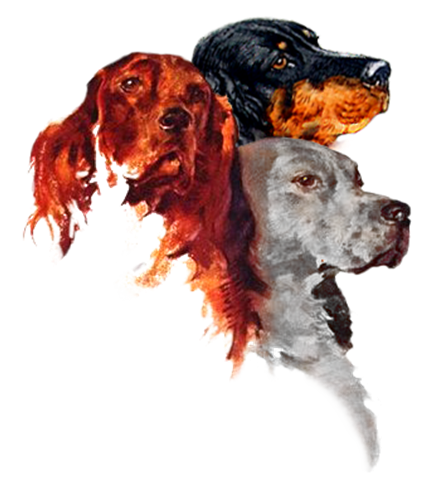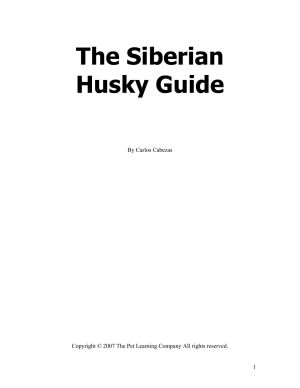АНГЛИЙСКИЙ СЕТТЕР
Порода формировалась в первой половине XIX столетия путем слияния различных по типу семей пегих и крапчатых сеттеров, разводившихся в Англии отдельными заводчиками. В России английские сеттеры появились в 70-х годах XIX столетия, главным образом из Англии.
ИРЛАНДСКИЙ СЕТТЕР
Ирландский сеттер был выведен в Ирландии как рабочая собака для охоты на дичь. Эта порода происходит от Ирландского Красно-Белого Сеттера и от неизвестной собаки сплошного красного окраса. В XVIII веке этот тип собак был легко узнаваем.
ГОРДОН
Это самый тяжелый среди сеттеров,
хорошо известный с 1860-х годов, но
обязанный популярностью четвертому
герцогу Гордону, разводившему черно-
подпалых сеттеров в своем замке в 20-х
годах XVIII столетия.


